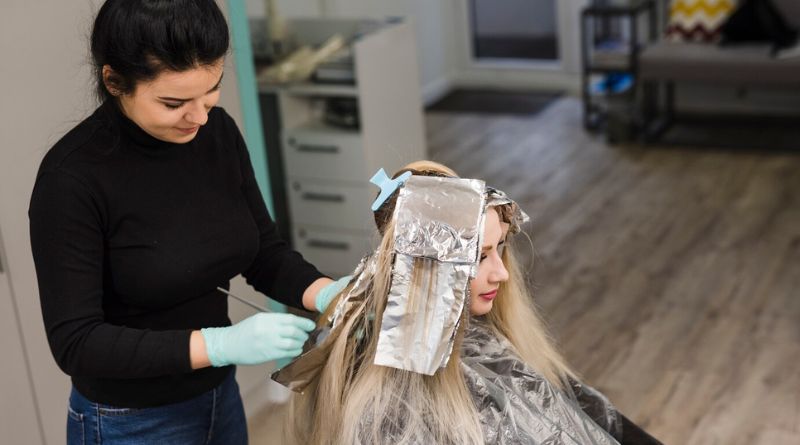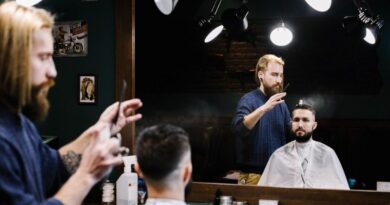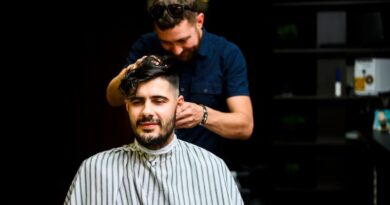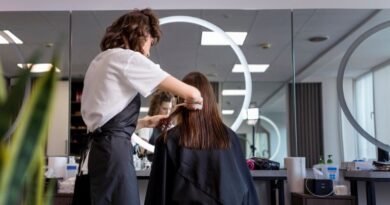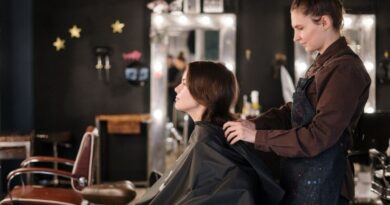Dying hair at salon – Are you considering a fresh look and planning to dye your hair at a salon? Preparing for this transformation is crucial to achieve the desired results without any regrets. Before you take the plunge, it’s essential to understand the pre-dye essentials to ensure your hair’s health and the success of your salon experience.
What Is Hair Dyeing?
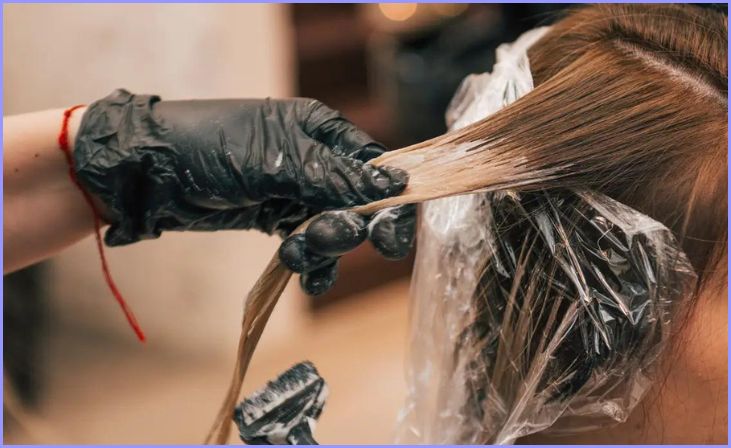
Hair dyeing refers to the process of changing the color of one’s hair using various chemical formulations. It is a popular cosmetic technique used to alter the natural color of hair for aesthetic purposes, such as achieving a desired hue, covering gray hair, or experimenting with different shades for a new look.
Hair dyeing can involve various methods and types of dyes, including temporary, semi-permanent, and permanent options, each offering different levels of color intensity and duration. The process typically involves the application of the chosen dye to the hair, allowing it to penetrate the hair shaft and alter the natural pigment.
While hair dyeing is a common practice in the beauty industry, it requires careful consideration and preparation to ensure desired results and minimize potential damage to the hair.
Different types of Hair Dyes and their Effects on Hair
There are several types of hair dyes available, each with distinct compositions and effects on the hair. Understanding the differences between these types is crucial for making informed decisions when choosing a hair dye. Here are some common types of hair dyes and their effects:
- Temporary Hair Dye:
- Effect: Offers a temporary color change that usually lasts for a few washes.
- Composition: Contains large pigment molecules that coat the hair’s outer shaft.
- Effects on Hair: Does not penetrate the hair cuticle, resulting in minimal damage or alteration to the hair’s natural structure.
- Semi-Permanent Hair Dye:
- Effect: Provides a longer-lasting color change that gradually fades over several weeks.
- Composition: Contains smaller color molecules that partially penetrate the hair cuticle.
- Effects on Hair: Typically does not cause significant damage but may lead to slight dryness or roughness, depending on the specific product and hair type.
- Demi-Permanent Hair Dye:
- Effect: Offers a more lasting color change that gradually fades over a few months.
- Composition: Contains larger color molecules than semi-permanent dyes, allowing deeper penetration into the hair shaft.
- Effects on Hair: May cause slight damage, especially with frequent use, leading to some dryness and potential weakening of the hair structure.
- Permanent Hair Dye:
- Effect: Provides a long-lasting color change until hair regrowth occurs.
- Composition: Contains ammonia and peroxide, allowing the dye to penetrate deeply into the hair cortex.
- Effects on Hair: Can cause significant damage, including dryness, brittleness, and weakening of the hair, especially with frequent or prolonged use.
- Bleach or Lightener:
- Effect: Lightens the natural pigment of the hair to achieve a lighter base for further coloring.
- Composition: Contains strong chemicals such as ammonia and hydrogen peroxide to strip the natural color from the hair.
- Effects on Hair: Can cause substantial damage, including dryness, breakage, and weakening of the hair, necessitating proper care and conditioning after use.
Considering the varying effects of each type of hair dye, it is essential to choose a product that aligns with your desired color outcome while taking into account the potential impact on the overall health and integrity of your hair.
Also Read: Cosmetologist Salary
What to do before dying hair at Salon?
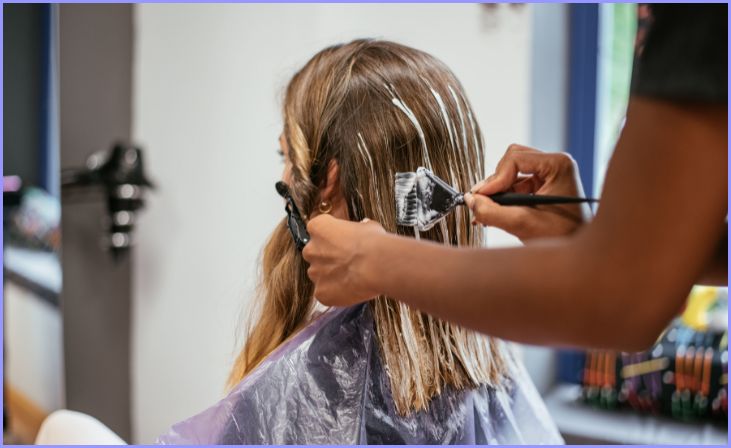
Before dyeing your hair at a salon, it’s crucial to undertake several preparatory measures to ensure a successful and satisfying experience. Follow these detailed steps to adequately prepare for your salon appointment:
Conduct a Patch Test
Before your scheduled appointment, request a patch test from the salon to check for any allergic reactions to the hair dye chemicals. Apply a small amount of the dye mixture behind your ear or on your inner elbow and wait for 24-48 hours to monitor any adverse reactions.
Avoid Washing Your Hair
Refrain from washing your hair for at least 24 to 48 hours before your salon visit. Natural oils on the scalp act as a protective barrier during the dyeing process, reducing the risk of irritation or damage to the scalp.
Clarify Your Hair
Use a clarifying shampoo to thoroughly cleanse your hair and remove any product buildup, excess oil, or impurities. This step ensures that the hair is ready for the dye to penetrate evenly, resulting in a more uniform and vibrant color.
Consult with Your Stylist
Discuss your hair history and any previous chemical treatments with your stylist to assess the potential impact on the hair dyeing process. Communicate your desired hair color and any concerns you may have, allowing the stylist to customize the approach and select the appropriate dyeing technique for your hair type and condition.
Evaluate Your Hair Condition
Determine the current health of your hair, including its texture, strength, and moisture levels. If your hair is dry or damaged, consider undergoing a deep conditioning treatment before the dyeing session to strengthen and prepare the hair for the chemical process.
Also Read: How much does sally beauty pay?
Prepare for Aftercare
Familiarize yourself with the recommended post-dyeing hair care routine. Purchase suitable hair care products designed for color-treated hair, such as sulfate-free shampoos and conditioners, to maintain the vibrancy and longevity of the new hair color. Additionally, discuss with your stylist any specific aftercare tips tailored to your hair type and the dyeing method used.
By following these comprehensive pre-dyeing steps, you can ensure that your hair is adequately prepared for the dyeing process, leading to more satisfactory results and healthier, more vibrant-looking hair post-treatment.
| Image | Product | Detail | Price |
|---|---|---|---|
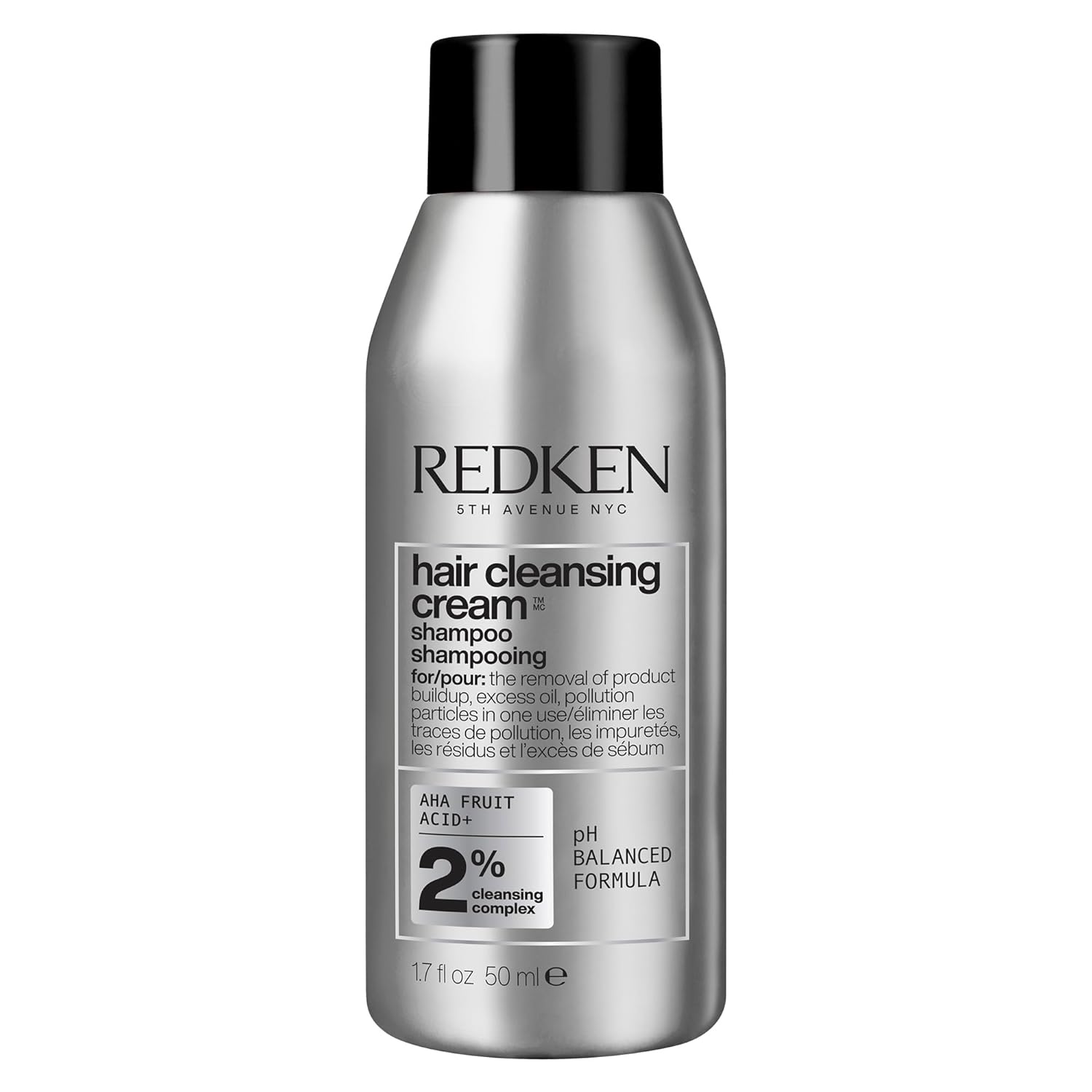 | Redken Detox Hair Cleansing Cream Clarifying Shampoo |
| Buy Now |
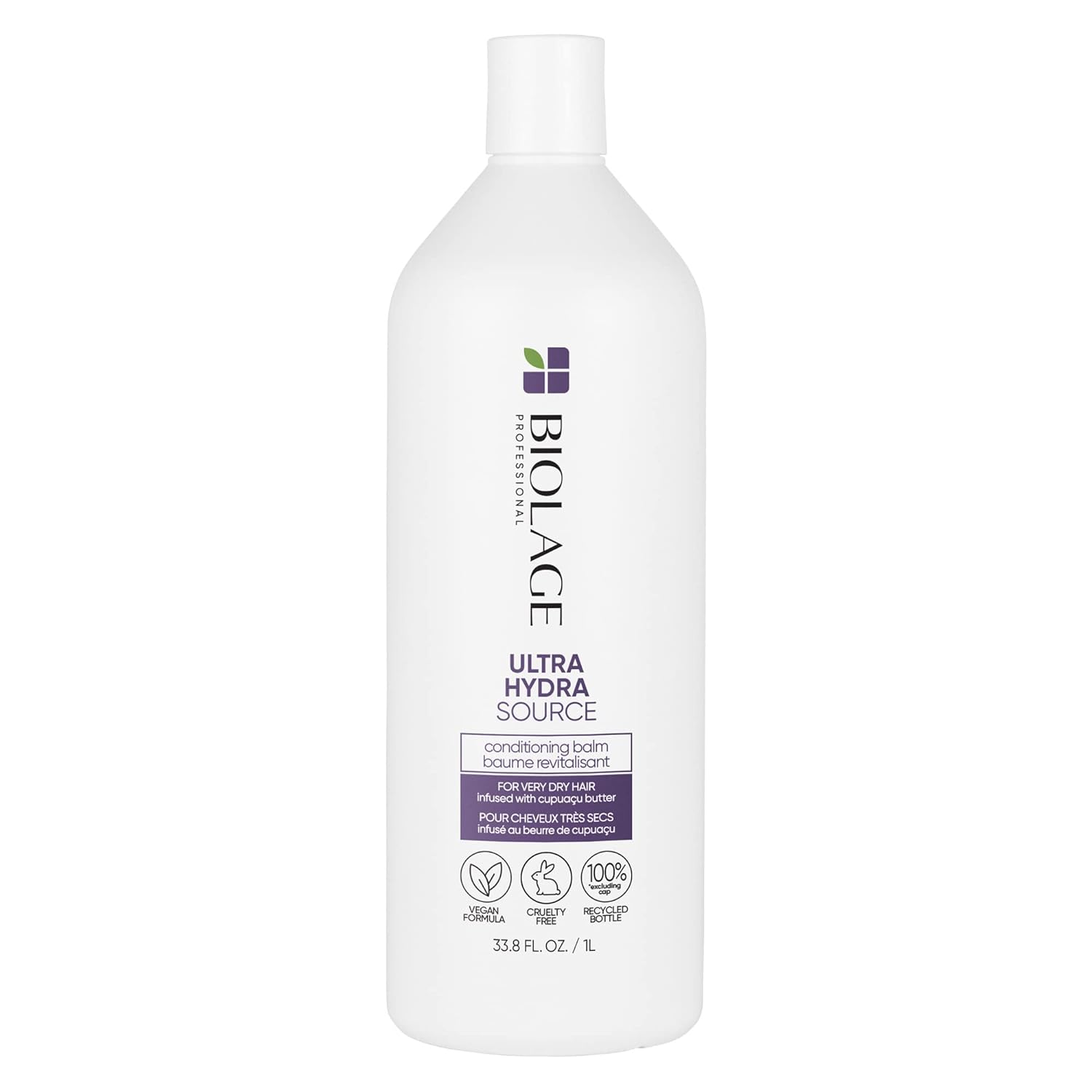 | BIOLAGE Ultra Hydrasource Conditioning Balm |
| Buy Now |
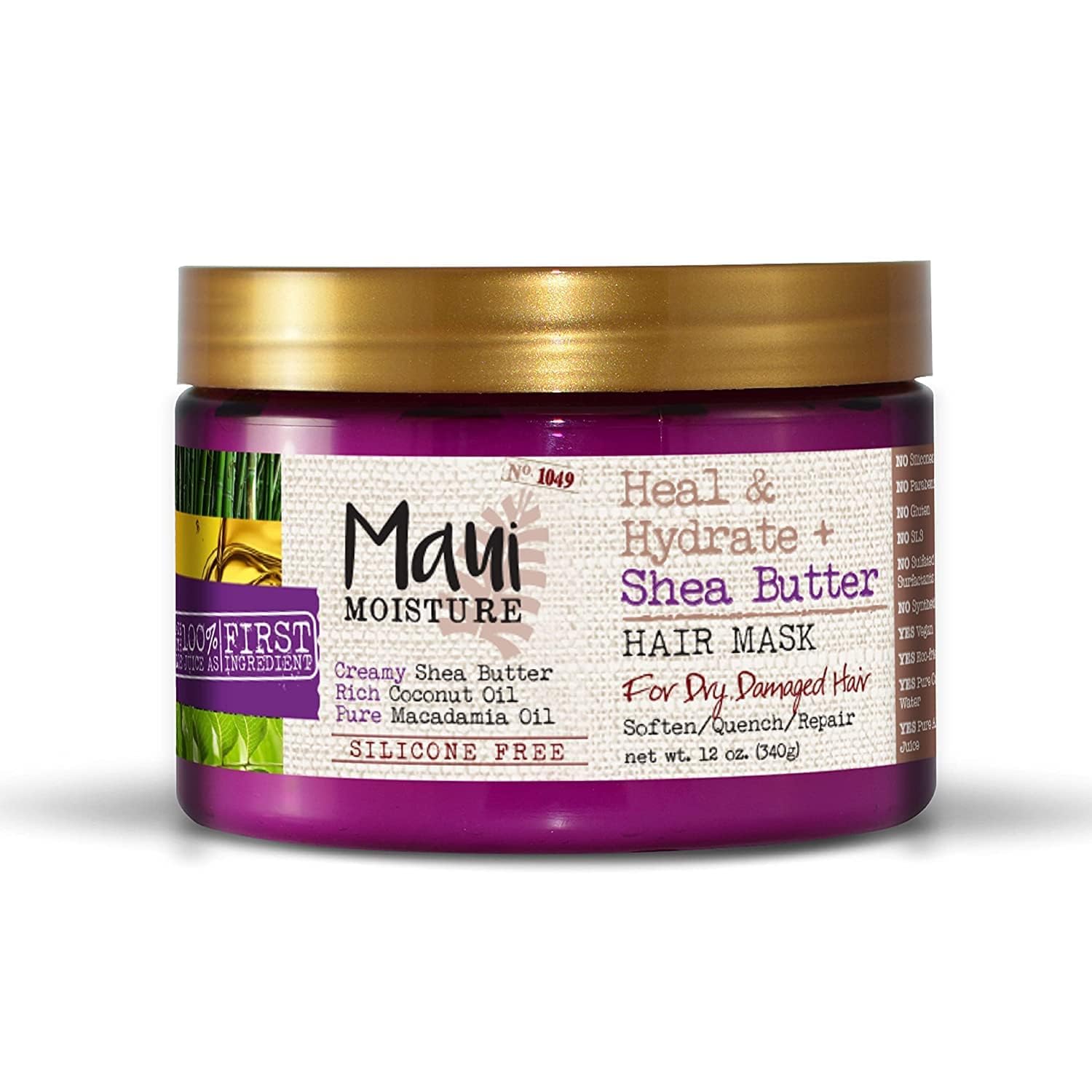 | Maui Moisture Heal u0026amp; Hydrate + Shea Butter Hair Mask |
| Buy Now |
Expert Advice and Recommendations
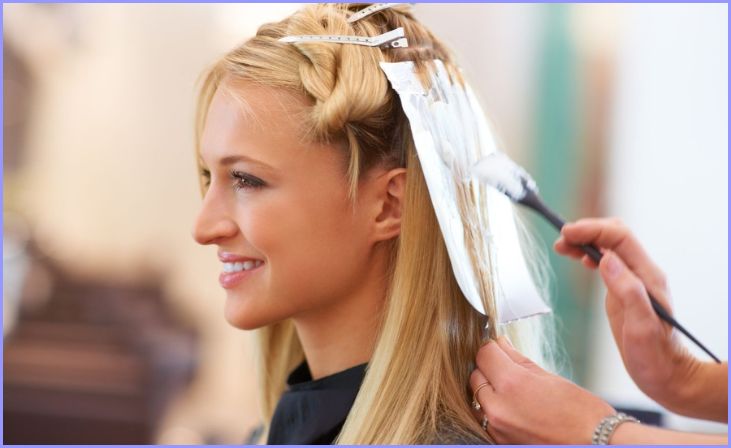
When it comes to dyeing your hair at a salon, seeking expert advice and recommendations can significantly enhance your overall experience and ensure the best possible outcomes. Here are some valuable expert tips and recommendations to consider:
- Consultation with Professional Stylists: Before committing to a specific hair dyeing process, consult with experienced hairstylists or colorists. Their professional expertise can help you understand the potential effects of the dye on your hair type, texture, and overall hair health. Discuss your desired outcome and any concerns you may have, allowing the experts to provide personalized guidance and recommendations tailored to your specific needs.
- Consideration of Hair Type and Texture: Take into account your hair’s natural texture, thickness, and porosity when selecting a hair dye. Professionals can recommend suitable dye options that will complement your hair type and provide optimal color results. Understanding how different types of dyes interact with various hair textures can help you make an informed decision that aligns with your hair goals and preferences.
- Importance of Aftercare: Pay attention to the aftercare routine suggested by your stylist or colorist. They can recommend specific products and treatments to maintain the vibrancy and health of your newly dyed hair. Following their guidance on post-dyeing care, including the use of color-safe shampoos, conditioners, and treatments, can help prolong the life of your hair color and keep your hair looking vibrant and nourished.
- Regular Maintenance and Touch-Ups: Discuss with your stylist the recommended frequency of touch-ups and maintenance appointments to keep your hair color looking fresh and vibrant. Professionals can provide insights into the ideal timeline for touch-ups based on the specific dye used, your hair growth rate, and the desired color intensity. Understanding the importance of regular maintenance can help you achieve consistent and long-lasting results.
- Precautions for Damaged or Chemically Treated Hair: If your hair is already damaged or has undergone various chemical treatments, seek advice on the best approach to minimize further damage during the dyeing process. Professionals can suggest suitable pre-dyeing treatments or alternative dyeing techniques that are gentler on compromised hair, helping to maintain its health and integrity while achieving your desired color transformation.
By heeding these expert recommendations and seeking professional guidance throughout the hair dyeing process, you can make informed decisions and ensure that your hair receives the best possible care and treatment, resulting in a stunning and healthy-looking color transformation.
Also Read: Average Hair Stylist Salary
Conclusion
Before entrusting your locks to a professional stylist for a hair dyeing session, it’s imperative to undertake certain preparatory measures. By conducting patch tests, abstaining from hair washing, and clarifying your strands, you set the stage for a successful and satisfying salon experience. These crucial steps not only enhance the vibrancy of your chosen color but also safeguard the health of your precious tresses. Remember, a little preparation can go a long way in ensuring that your hair dyeing journey is a smooth and fulfilling one.
Thank you for reading!
FAQs
Before your salon appointment, it’s advisable to conduct a patch test to check for any allergic reactions to the dye. Additionally, avoid washing your hair for at least 24 to 48 hours prior to the appointment, as the natural oils will help protect your scalp during the process.
Prior to your salon visit, it’s crucial to clarify your hair with a clarifying shampoo to remove any product buildup. This step ensures that the color can penetrate evenly and achieve the desired shade. Also, consult with your stylist to understand the potential impact of the dye on your current hair condition and how to prepare accordingly.

